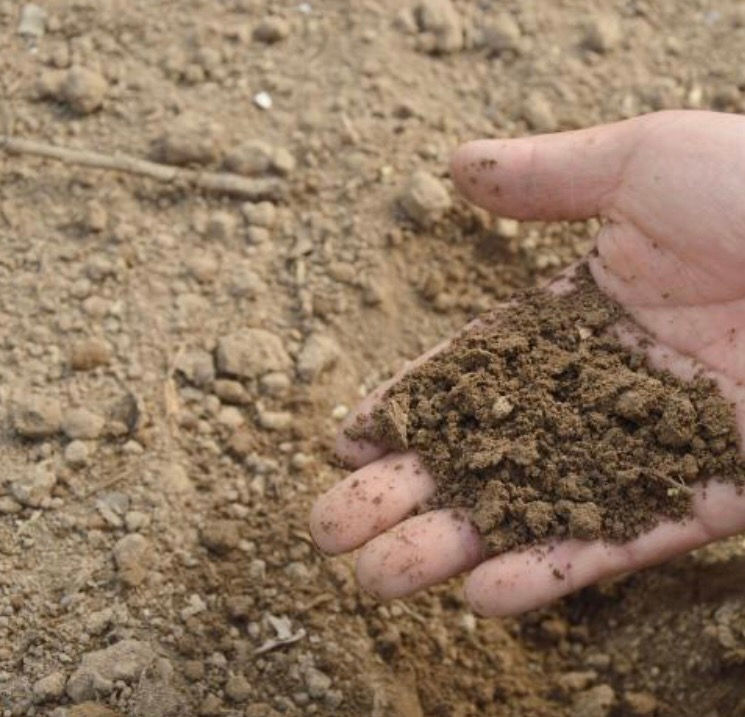Effects of Soil Acidic
- Farm 2 Markt

- Oct 23, 2019
- 1 min read
Updated: Nov 4, 2019

Soil acidity can have negative direct and indirect effects on crop growth and yield. Acid soils usually contain soluble forms of aluminum (Al) and manganese (Mn). As soils become more acidic, the soil pH decreases, and this increases the concentration of hydrogen (H+) ions in soil.
As soils become more acidic, this causes aluminum and manganese to become more soluble in soil; they will gradually increase to levels toxic to plants.
Aluminum toxicity will restrict root growth and tie up phosphorus (P), reducing crop uptake of P. The indirect effect of restricted root growth is a reduced uptake of water and nutrients which further restricts plant growth.
Manganese toxicity will result in visual symptoms, including black necrotic spots or streaks on leaves of cereal crops. Manganese toxicity can cause chlorosis on leaf margins and cupping of leaves of canola and legume crops.
Toxicity of aluminum and manganese can reduce yields of most crops when grown on strongly acid soils (pH < 5.5). Recent research has shown that higher concentrations of H+ ions can be directly toxic to plants.
The other major negative effect of soil acidity is on the survival and growth soil microorganisms. Of particular concern is the survival of rhizobium bacteria, which live in association with legume roots to fix nitrogen.
The rhizobium bacteria that live in association with alfalfa, sweet clover and pulse crops such as pea are especially sensitive to acidity.
In acidic soils, microbial activity is reduced. This affects nutrient cycling, such as the mineralization of soil organic matter.
This can reduce the mineralization and release of nitrogen, phosphorus, sulphur and other nutrients from organic matter.
Yours in the garden Farm2Markt







コメント